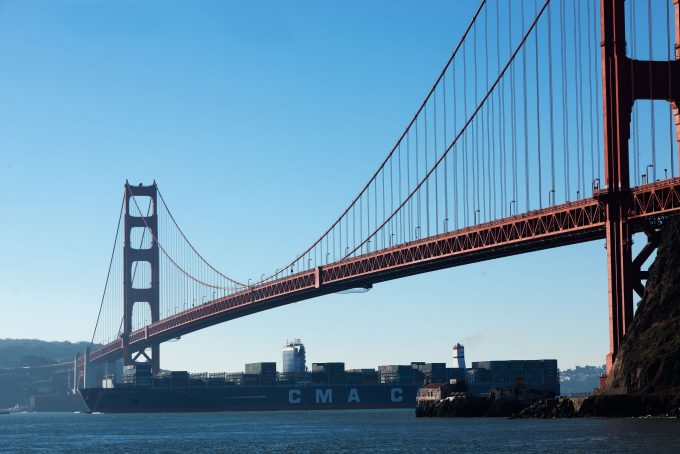Good start for Gemini, liner schedule reliability data reveals
New data from liner analysts at Sea-Intelligence Consulting has confirmed early schedule reliability figures for ...

Container spot freight rates on the Asia-North America routes are set to see double-digit increases next week, according to today’s reading of the Shanghai Containerised Freight Index (SCFI)
The rises anticipate a series of general rate increases in the trade, and come as carriers are beginning to see utilisation levels rise after the traditional post-Chinese New Year slump.
According to today’s SCFI, China-US west coast rates are set to grow 22.3%, to $1,626 per feu, while rates on the China-US east coast ...
Volcanic disruption at Anchorage could hit transpacific airfreight operations
Shippers snap up airfreight capacity to US ahead of tariff deadline
Forwarders stay cool as US 'liberation day' tariffs threaten 'global trade war'
New price hikes may slow ocean spot rate slide – but for how long?
Tighter EU import requirements proving 'a challenge' for forwarders
Supply chain delays expected after earthquake hits Myanmar
Looming Trump tariffs will create 'a bureaucratic monster' for Customs

Comment on this article